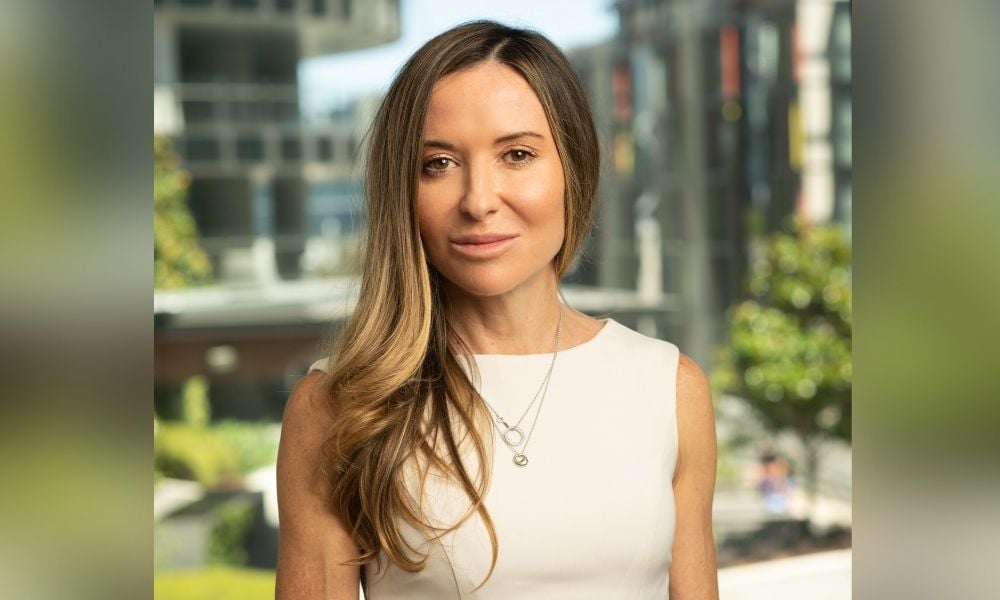
Chief people officer reveals how she's using analytics to tackle inequality

Australia’s tech industry is booming, with the sector expected to add 60,000 jobs by 2025 and the potential to grow the economy by $10billion. Demand for skills is skyrocketing and as a result, competition for talent is fierce. But HR leaders in the sector have an added challenge on their hands - diversity.
The industry remains male-dominated for a multitude of factors, some of which – like a lack of STEM education – begin before the workplace. But women in tech are also more likely to experience unconscious bias, sexual harassment and discrimination which all contribute to the industry’s gender inequality.
To get a better understanding of how HR leaders are tackling the issue, HRD spoke to Simone Shugg, chief people officer at Australian tech firm Nearmap, who said the industry’s good intention is not yet translating into positive change.
“I think only a real commitment to policy will actually deliver change,” she said. “Everyone has got the right intention which is great. They've got the metrics and they’re saying ‘these are the targets we want’. But if you look at the plans that sit behind those, I don't think anyone has nailed the levers that are going to close the gap.”
Read more: Ending Australia’s gender pay gap: How to get buy-in from your CEO
Nearmap is currently reviewing its DEI strategy to attract more women in an extremely talent-tight market. Shugg said the unique conditions of the labour market has meant that being an inclusive, diverse and equitable employer is a valuable differentiator in the fight for talent. Nearmap reduced its gender pay gap from 14 to nine per cent in FY2020 but Shugg has her sights set on pushing that figure even lower.
She says extrapolating the data beneath the problem is a key strategy for organisations to tackle their pay gap head on. That means HR leaders should be taking a gender lens to their regular pay reviews and providing managers with data around the gender impact of each new hire or promotion. Shugg also believes that gender targets and importantly, accountability from executives, is needed to ensure organisations progress towards their long-term targets.
“Organisations must provide more data and more metrics lower down the business, and then make people accountable to delivering those goals,” she said.
“It needs a real commitment at the CEO and executive level, not just lip service, but saying this is important, we are going to deliver on it, and then delivering. That is the only way we're going to see change.”
Read more: Top HR leaders share how they fought for a seat at the table
Beyond the actions of individual businesses, there are also deeply ingrained issues at play in the tech industry. The roles that traditionally pay less, such as those in marketing, HR, and the corporate function, tend to be dominated by women in comparison to higher earning jobs in software development. The issue stems back to a patriarchal society that ascribes a higher value to male-dominated roles, but also the need to encourage more girls into STEM education at an earlier age.
However businesses also play a part in tackling the broader, systemic problems. Things like upskilling opportunities, mentoring and training programmes can all help to dispel the myth that entering the industry is only a choice for young tech graduates.
For Nearmap’s journey to hitting its targets, Shugg’s weapon of choice is clear: “Data, data, data”. But she said HR leaders in the sector need to be prepared to make difficult – and perhaps sometimes unpopular – choices to really drive change, like holding salaries flat or reducing bonuses for men to divert funds into reducing the pay gap.
“Philosophically everyone agrees on why diversity is so important but the problem is where the rubber hits the road,” she said. “We need organisations that are really brave to go out and say, ‘We’ve got a bucket of money to make sure we are treating everyone fairly, but we’re also going to have a second bucket of investment to address our gender pay gap’.
“While we don't necessarily want to invest in that at the detriment of others, because that's also not the right thing to do, we've got to find ways to make up for the lack of investment we've had in previous years.”
Diversity experts echo Shugg’s view on the need to commit to significant investment and long-term goals to really drive down Australia’s gender pay gap. There is no simple solution but by the same token, much of the work lies with businesses. HR leaders have the opportunity, particularly amid the current talent market, to elevate DEI to the top of the priority list.